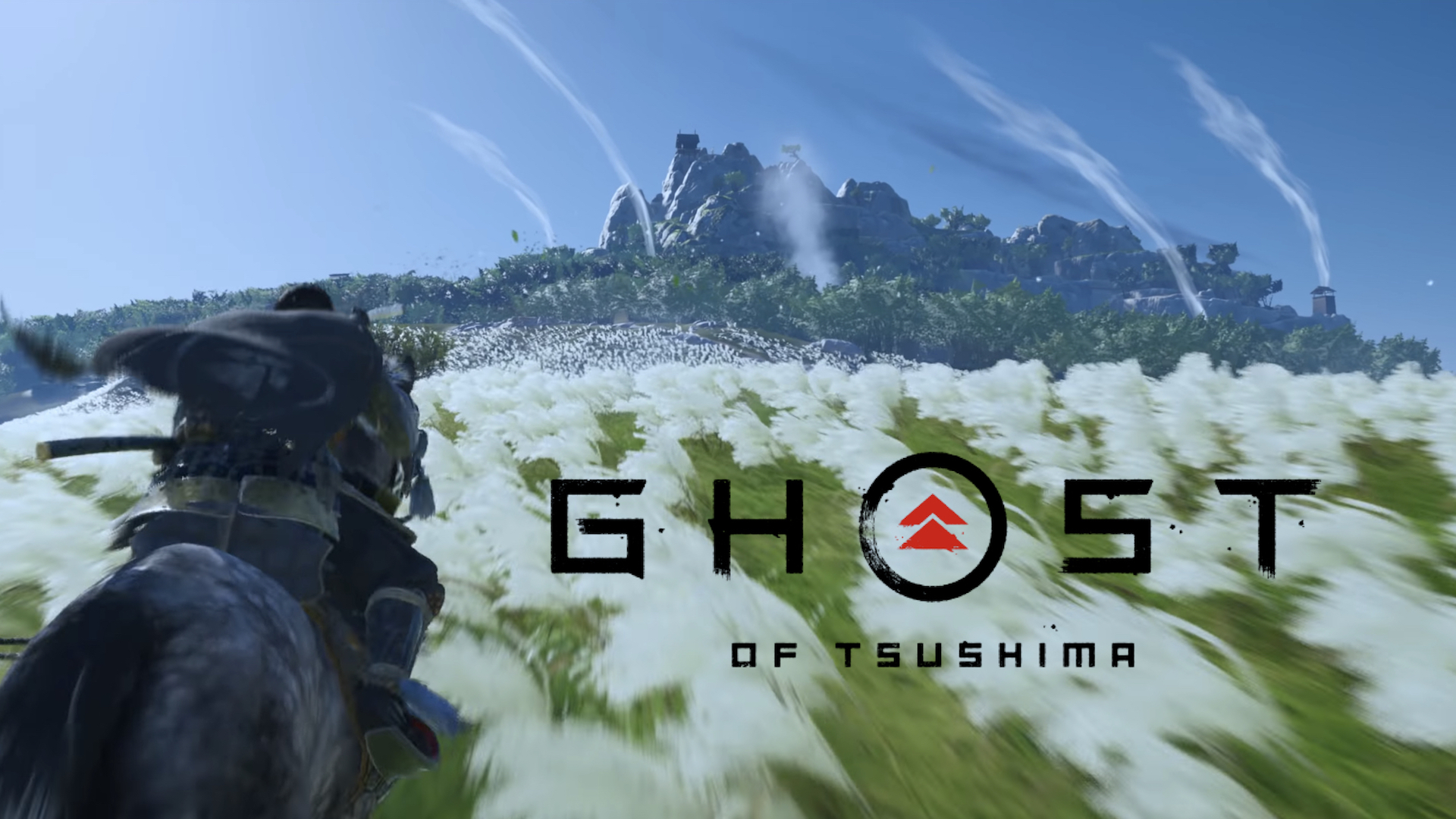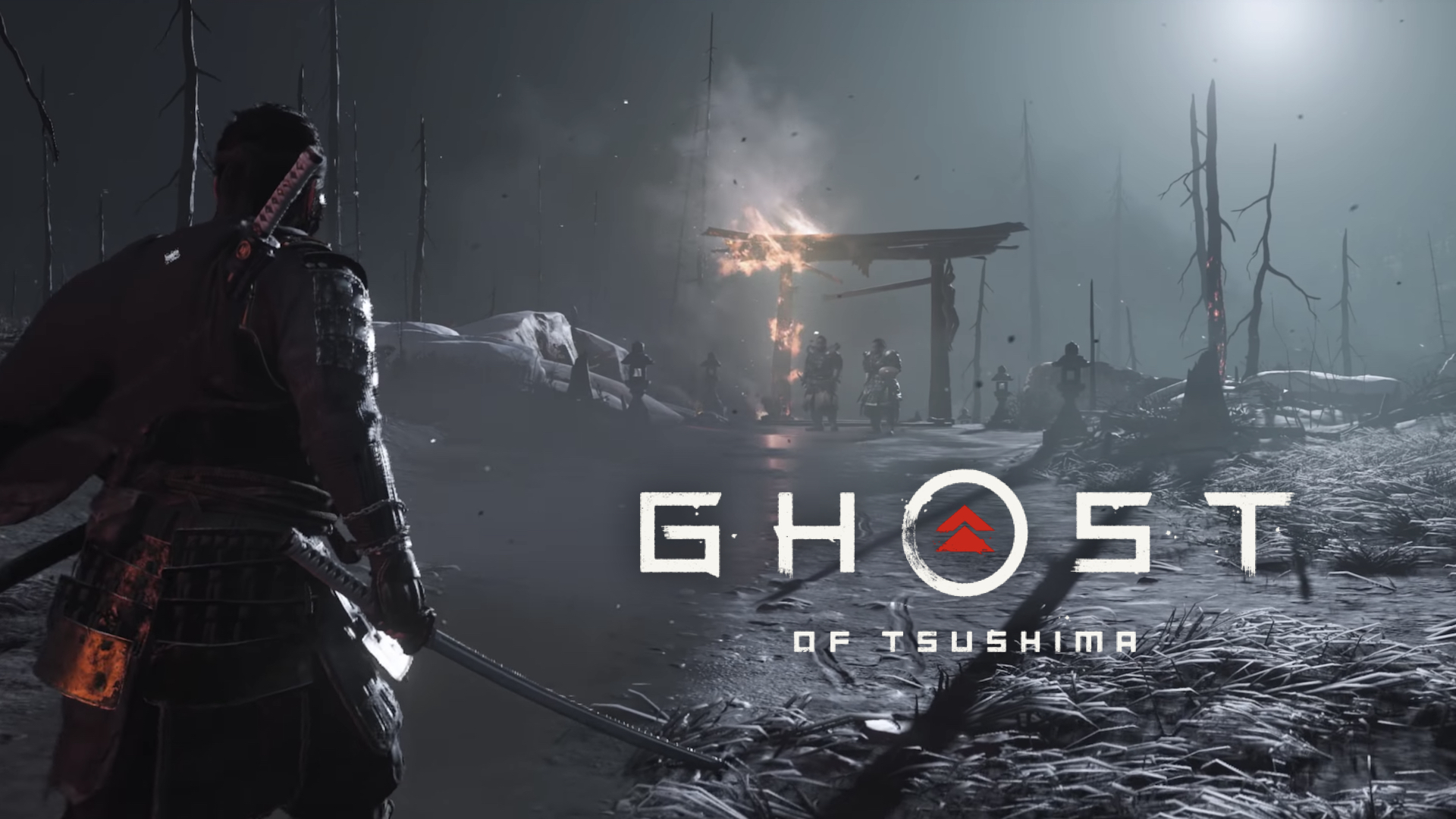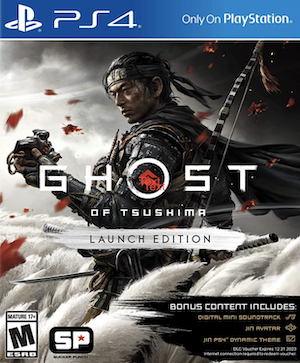
Questions about how historically accurate a video game is are invariably asked about any game based on historic events, and so, too, is the case with Ghost of Tsushima. Based on the first Mongol Invasion of Japan in the 13th century, which kicked off on the island of Tsushima, Ghost of Tsushima has its roots planted firmly in real-world events- but in the lead-up to the game’s launch, Sucker Punch made it abundantly clear on multiple occasions that historical accuracy was not the point of their game.
Though Ghost of Tsushima is, of course, based on a very real event in Japanese history, it is not bound to history as tightly as, say, Ubisoft’s Assassin’s Creed games tended to be, with a much greater focus on paying homage to classic samurai cinema and the works of legendary directors such as Akira Kurosawa. In doing that, the game deviates from historical facts often, and quite significantly- but what exactly are some of the biggest deviations?
Well, for starters, some of the main players in Ghost of Tsushima’s story never existed. There is no historical record of people named Jin Sakai or Lord Shimura, for instance- in fact, Clan Sakai did not exist until the 14th century, while there was never a Clan Shimura (which, of course, means that any locations in the game directly related to those two – such as Castle Shimura – never existed. However, Castle Kaneda, a major location in the first third of the game, is very real). Even the primary antagonist of the game – Mongol leader Khotun Khan – is a fictional character, with the Mongol invasion in question actually having been led by Genghis Khan’s grandson, Kublai Khan (who is mentioned in the game several times).
This, of course, means that there was no lone legendary warrior who threw the invasion force back into the sea. The Mongol invasion did indeed begin with a battle at Komoda Beach, where a retinue of 80 samurai were quickly crushed by an overwhelming force of thousands of enemy soldiers. But the eventual turn of the tide that drove that force back and out of Japan was, interestingly enough, brought about not by a man, but weather. Two typhoons – later dubbed kamikaze, or the divine wind – was what ultimately defeated the Mongol navy, throwing a major wrench in Kublai Khan’s attempted conquest of Japan.
Another area where Ghost of Tsushima plays it a little fast and loose with historical facts is the methods and tactics used during the invasion by both sides. Throughout the game, characters often speak of and reference new tactics and weapons used by Mongols that put them at a very distinct advantage against outmatched Japanese defences, but it doesn’t really every elaborate on what those are. The impression one might get from the game is that the primary factors for the Mongols’ crushing defeat of Japanese forces was the fact that they greatly outnumbered them, and that they refused to abide by the strict code of warfare samurai supposedly followed (more on this in a bit).
There was more to it though. The invasion is supposed to be one of the earlier instances in history of gunpowder being used in warfare, especially outside of China, with hand-thrown bombs used by Mongols being one of many weapons that the Japanese had little to no familiarity with and were taken aback by. Though there are some mentions of new siege weapons here and there, little to no emphasis is placed on new technology – such as the aforementioned bombs and gunpowder – or military tactics used by the Mongols.
In fact, the fact that Jin uses weapons such as smoke bombs, sticky bombs, and black powder bombs is something else that deviates from what was historically accurate- the bombs and gunpowder used by the Mongols during the invasion was when the Japanese were supposedly exposed to these weapons for the very first time. Samurai wouldn’t use gunpowder and similar weapons as part of their arsenals until well into the mid-1500s, much, much after Jin’s time. Interestingly enough, even the usage of katana by samurai and other soldiers throughout the game is not entirely accurate. Though early forms of katana did exist during that period, tachi were much more widely used. In fact, it was because of how ineffective tachi proved to be against the armour worn by Mongol soldiers that Japanese blacksmiths started invented katanas as we know them today.
But the area where Ghost of Tsushima deviates most heavily from historically recorded facts is actually the game’s central narrative premise- Jin’s internal conflict that sees him having to wrestle with his honour-bound samurai code. Faced by a powerful, overwhelmingly dominant enemy that laughs in the face of the samurai’s way of fighting and truly believes that all is fair in war, Jin is forced to adopt underhanded, guerrilla tactics that see him employing stealth and dispatching his enemies silently, rather than looking them in the eye and facing them head-on, which his samurai teachings had taught him his entire life was the right way to do things.
Bushido, or the way of the warrior, is a famous set of codes that samurai have been linked with for many hundreds of years, and in many of our minds, those two are deeply intertwined, thanks to romanticized media over the years. The strict code of honour that Jin adheres to, however, did not exist until much, much later. It was only during the Edo period – about three hundred years after the first Mongol invasion of Japan – that Bushido became a core tenet of the samurai way. Interestingly enough, the covert ninjutsu tactics that ninja would eventually go on to use were first developed by samurai in the late 14th century (though it is correct that by the time ninjas became a thing, their methods of warfare were deemed dishonourable by samurai.
So yeah- Ghost of Tsushima is not a game that sticks closely to history. But then again, it was never really supposed to be that. Sucker Punch never set out to make a game that would detail the first Mongol Invasion- they always meant to use that as a foundation to tell a story that they wanted to tell, with characters that they wanted to create, in a world that they wanted to craft. This was never meant to be a case of historical tourism- it was instead meant to be a way to let people live out their greatest samurai fantasies.
In that, Ghost of Tsushima is an unquestionable success.

















